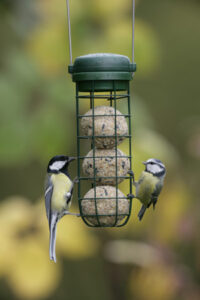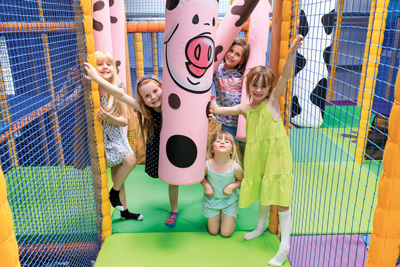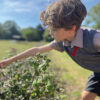
by Chris Couchman
Readly
A YouGov poll commissioned by digital subscription app Readly revealed 43% of parents and grandparents have shared a cherished comic or magazine with children, but how many of us are reading out loud to children regularly to impart a keen love of reading?
Studies demonstrate that children of all ages continue to benefit from being read to. Reading together strengthens the bond between parent and child as well as nurtures children’s social, emotional, and intellectual development.
For very young children, reading with a caregiver is linked to increased focus and decreased levels of aggression and hyperactivity. Reading to children gives them the words to describe their most difficult feelings, which allows them to better regulate their behaviour when they’re feeling sad, angry or frustrated.
Brain scans indicate that hearing stories activates the part of the brain responsible for processing visual imagery, story comprehension, and word meaning. Even babies benefit from being read aloud to and the benefits don’t stop even when children are older and can read for themselves. Research suggests children from six to 12 enjoy a cognitive boost when they are read to for an hour each day.
As reading levels continue to plummet amongst older children, reading aloud has the potential to stem the growing tide of non-readers. Sadly the numbers show parents stop reading to their child by the age of eight, with just 19% of eight to 10 year olds read to daily by an adult, across all socio-economic groups.
While the YouGov survey respondents understood that that reading “improves language skills”, “enables children to learn more about various subjects or cultures”, and “gives children time for themselves”, it takes a more hands-on approach to set children up for life when it comes to reading. It’s unequivocal that reading out loud is essential, but how do parents engage children of all ages to enjoy reading together on a regular basis?
Here are some expert tips from Readly, the digital magazine app, to get started:
• Don’t just read at bedtime
Reading before going to bed is a classic ritual but for some children, it can be associated with having to stop playing. Build a more positive association with reading by switching up times and locations. Parents can try reading under the table in a den or at a picnic outside while eating snacks to make it fun.
• Don’t be afraid to embrace technology to encourage reading
Just because children are turning to devices doesn’t mean they have to switch off from reading. There’s a plethora of easily accessible content on the web and in apps to encourage our children’s literary growth. Every opportunity to read is valuable.
• Comic books can be a great place to start
With an emphasis on reading being fun, easy and above all, essential to establishing a regular reading habit, embracing comic books is a simple way to help more children find reading pleasure. Comics are also an excellent, fun and non-threatening reading option for children to start reading in a non-native language.
• Lead by example
Children imitate their parents and other adults around them. Set a good example by cultivating your own reading habits. Don’t forget to discuss the latest article, magazine or book you’ve read with your child any time the opportunity arises.
• Ask and answer questions together
On that note, reading widely even if you think the material is too advanced for your child is a great way to introduce new words and concepts. Use this as a way to capitalise on children’s natural curiosity to explore and learn together.
From recognising patterns in language to discovering something new about the world we live in, the benefits of reading aloud to children builds by the day. We must make more time to read.
With unlimited reading to over 7,500 titles, Readly has a magazine for all the family and as it gives five profiles per household, all the family can read their favourite titles. Perfect for children and grown ups. Visit www.readly.com


 isten when their siblings say no to them entering their room. Emphasising that we also want to respect other people’s boundaries and giving them the language around boundaries is also really helpful. A boundary might not always sound like the word “no”, it can be “That doesn’t work for me”, or “I don’t like the sound of that,” and when you understand that this is someone conveying their boundaries, not only do they have phrases to listen out for but they have the same phrases they can use themselves.
isten when their siblings say no to them entering their room. Emphasising that we also want to respect other people’s boundaries and giving them the language around boundaries is also really helpful. A boundary might not always sound like the word “no”, it can be “That doesn’t work for me”, or “I don’t like the sound of that,” and when you understand that this is someone conveying their boundaries, not only do they have phrases to listen out for but they have the same phrases they can use themselves.


















